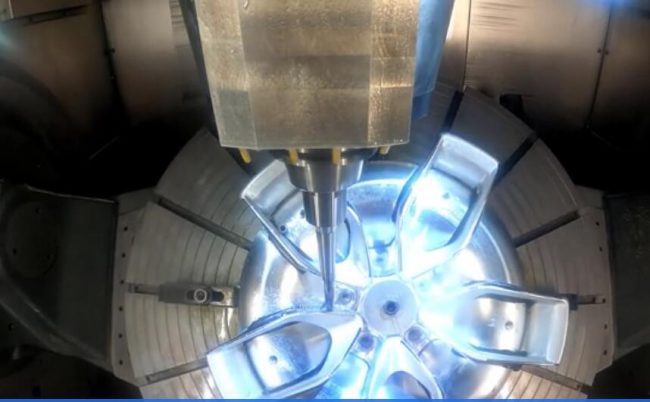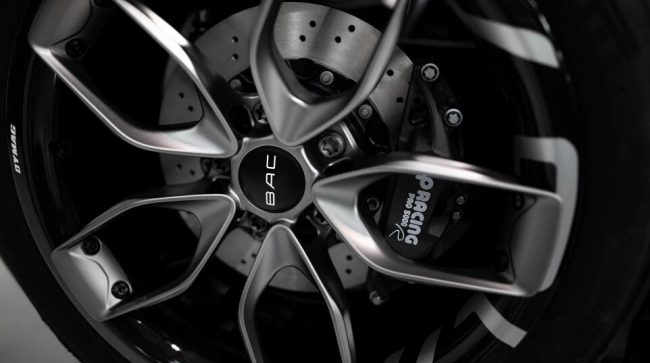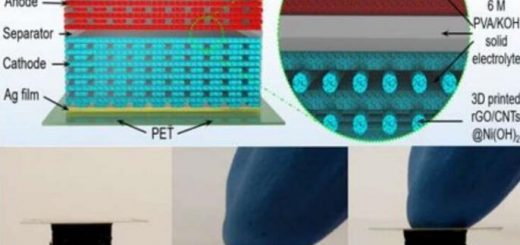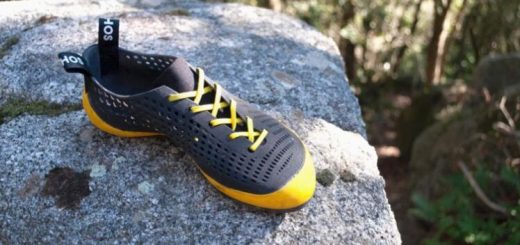Using Generative Design to Create Oone of The Lightest Wheels in The World
The Liverpool based Briggs Automotive Company (BAC) designs and builds the BAC Mono, a street-legal race car that only weighs about 570 kilograms. In order to accelerate and optimize performance, they are constantly looking into further opportunities to save weight.
By using generative design technology to reinvent the wheel, BAC was able to shed an additional 4.8 kilograms (10.5 lbs) for the latest iteration of the car. While about 40 parts of the car have been 3D-printed, the wheels have been fabricated on a conventional 5-axis mill.
![]() Generative design enables engineers to explore more design options based on required performance constraints
Generative design enables engineers to explore more design options based on required performance constraints
“Because we have a high price point and a low volume, we’re one of the first that can afford to absorb the costs of things that are more expensive,” says Ian Briggs, BAC Co-Founder, and Design Director. To meet the highest performance standards, the company relies on new but costly fabrication methods, such as additive manufacturing and high-end materials like graphene-enhanced carbon fiber.
 The new generatively designed BAC wheel has been fabricated on a 5-axis mill. Courtesy of BAC
The new generatively designed BAC wheel has been fabricated on a 5-axis mill. Courtesy of BAC
As weight-reduction is important to improve performance, BAC started using generative design technology to optimize and fabricate the car’s wheels. Designers first specified the required performance constraints, material (aluminum in this case), and the desired fabrication method, 5-axis CNC milling. Using those data points, the technology generates a large number of iterative options to explore and choose from.
![]() Generative design rims produced on a 5-axis mill reduced costs
Generative design rims produced on a 5-axis mill reduced costs
Another big constraint was the design aesthetic. BAC wanted an evolution of the existing design that is lightweight while expressing its brand. To conform to BAC’s desired aesthetic and brand identity, the design was restricted in where it could place material. The fabrication method also had a huge impact on the design. Generative design and 3D printing reinforce each other, even if this pushes fabrication to impractical places.
 Using generative design enabled BAC to create one of the lightest wheels in the world. Courtesy of BAC
Using generative design enabled BAC to create one of the lightest wheels in the world. Courtesy of BAC
“If you let generative design do what it does and don’t give it any limitation, you end up with structures that could only be 3D printed,” Ian says. Making the new wheels was like a small mass-production, so fabrication with more conventional processes provided cost benefits. BAC set parameters for using 5-axis CNC milling, which still offers more formal possibilities than previous versions the of wheels, made with 3-axis machines.
![]() Thanks to generative design, new wheels are 35% lighter than previous versions
Thanks to generative design, new wheels are 35% lighter than previous versions
With a weight of only 2.2 kilograms (4,8 lbs), BAC produced a wheel that was an impressive 35% lighter than the previous version, and could be manufactured traditionally on a CNC mill. But even more important, the new wheel is not just lighter but also met the structural requirements for approval and certification in Europe.
We have 400 parts on the car that are machined from solid aluminum on a 3- or 5-axis milling machine. Any one of those components could go into generative design and, for probably a very modest cost, be reduced in weight. We already mill them, so milling them a little bit longer with the advice of generative design would be the logical place for us to start saving weight. If there’s a chance to optimize the design, save weight, and still make it with the same process as before, it’s good value for the money and the weight savings. That seems entirely practical even today. —Ian Briggs, Co-Owner and Design Director, Briggs Automotive Company
Source: Autodesk




Recent Comments